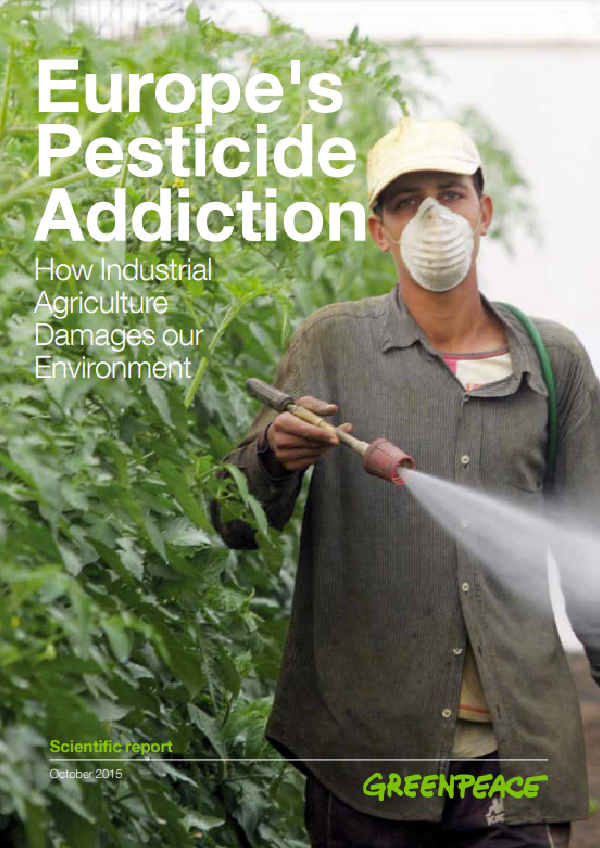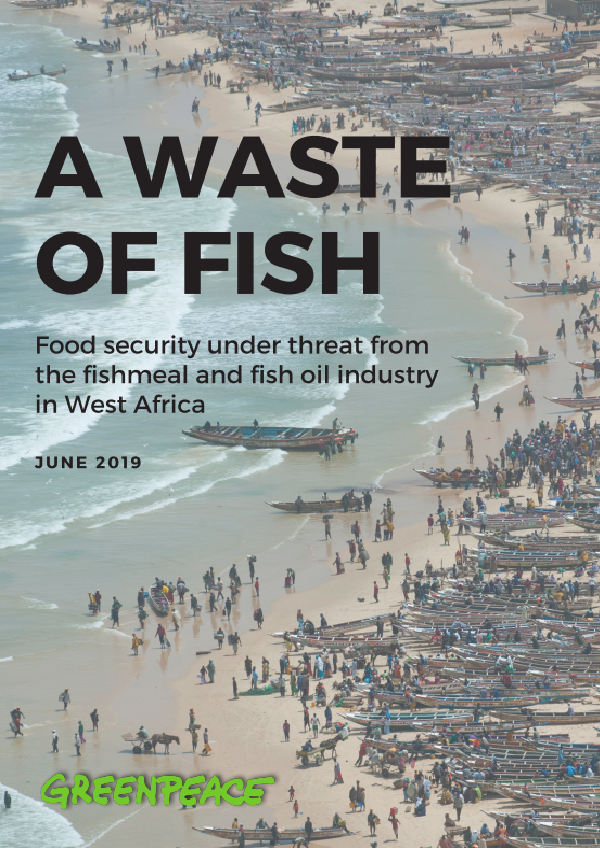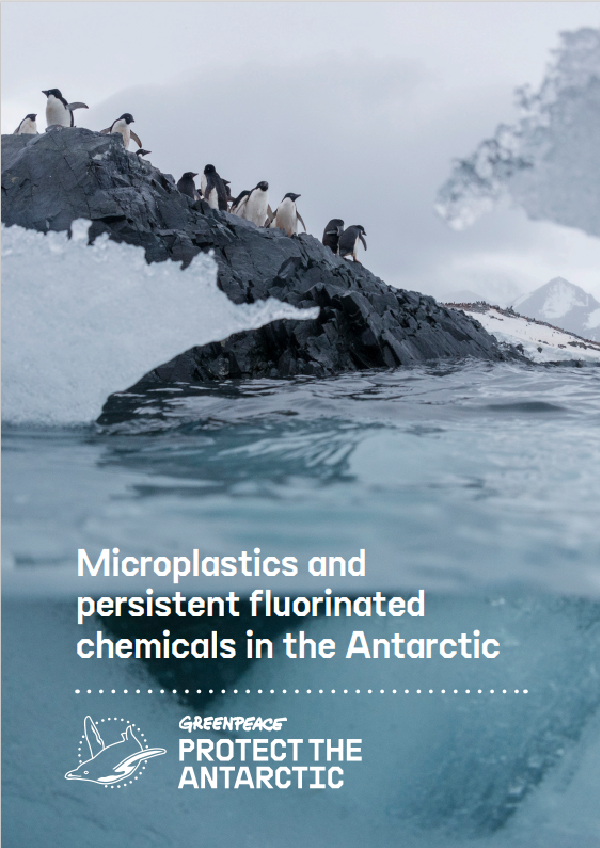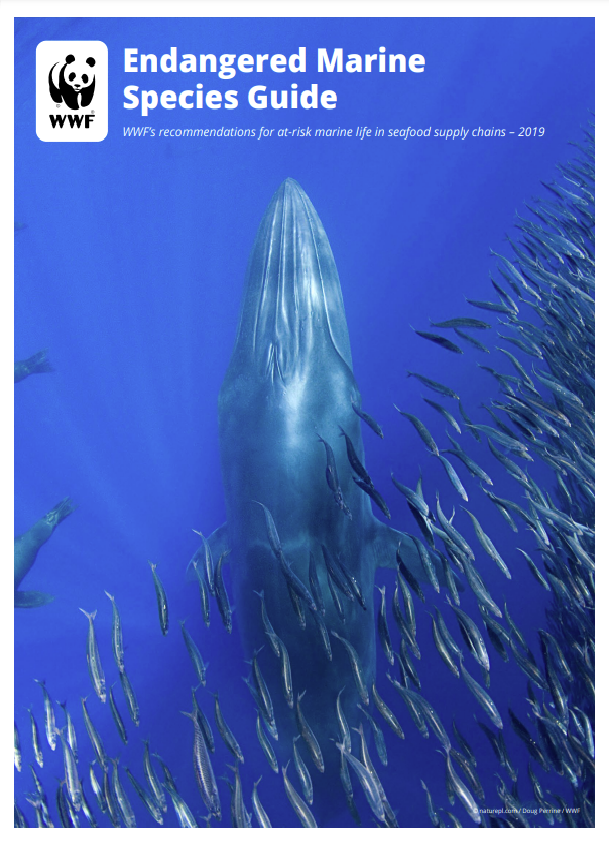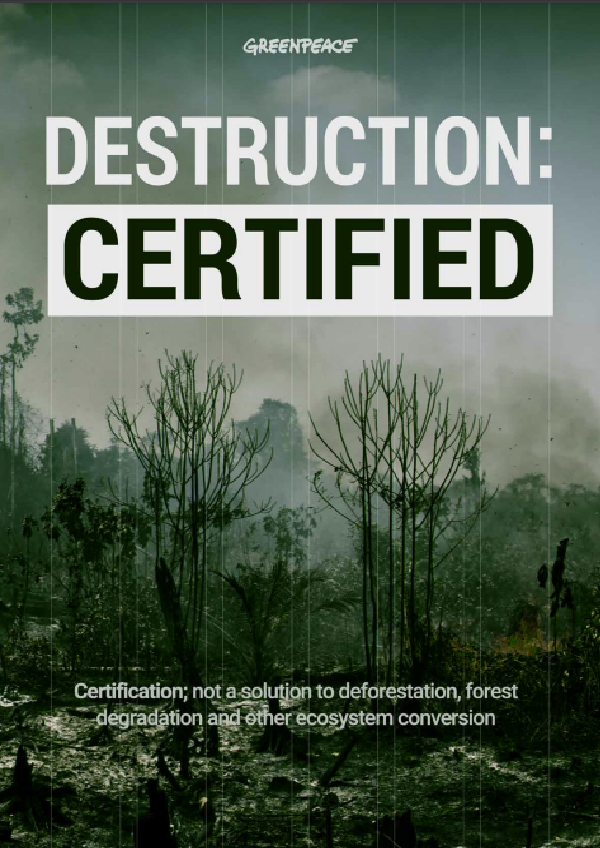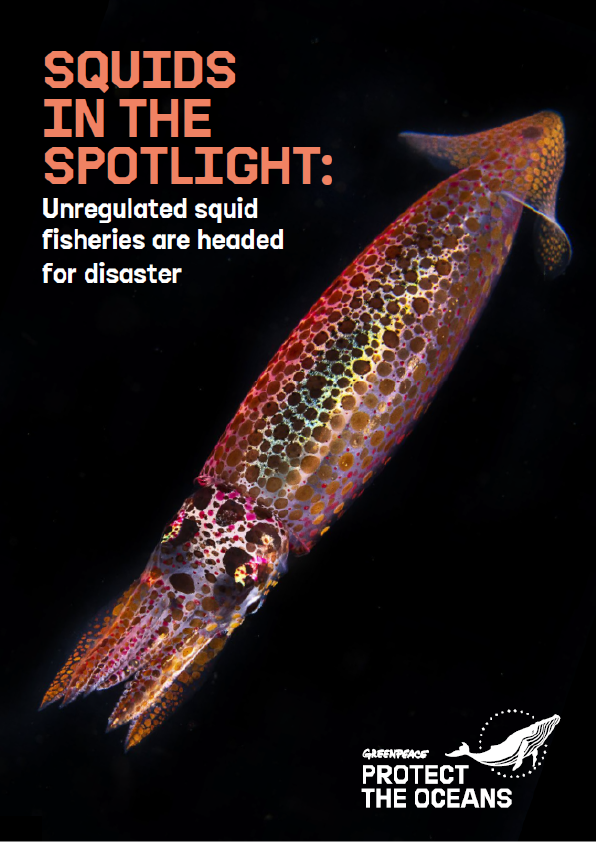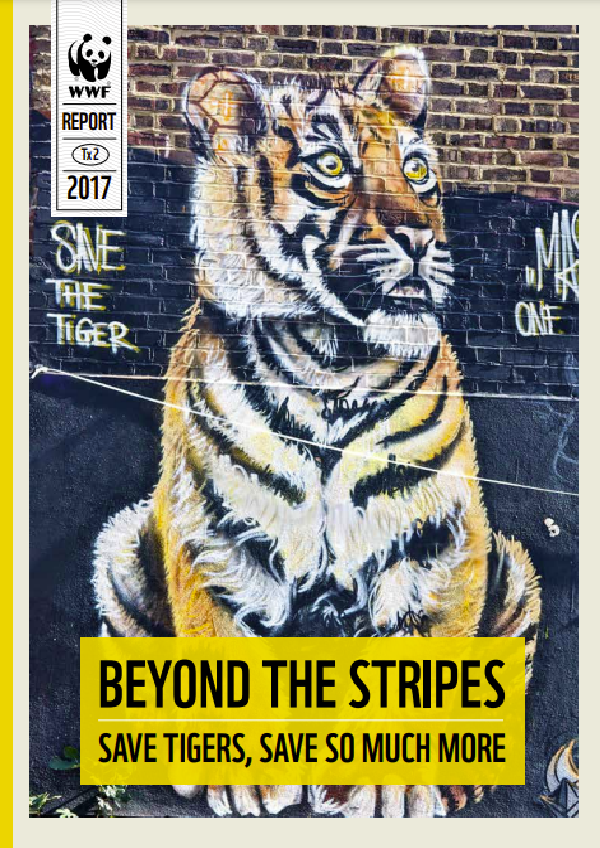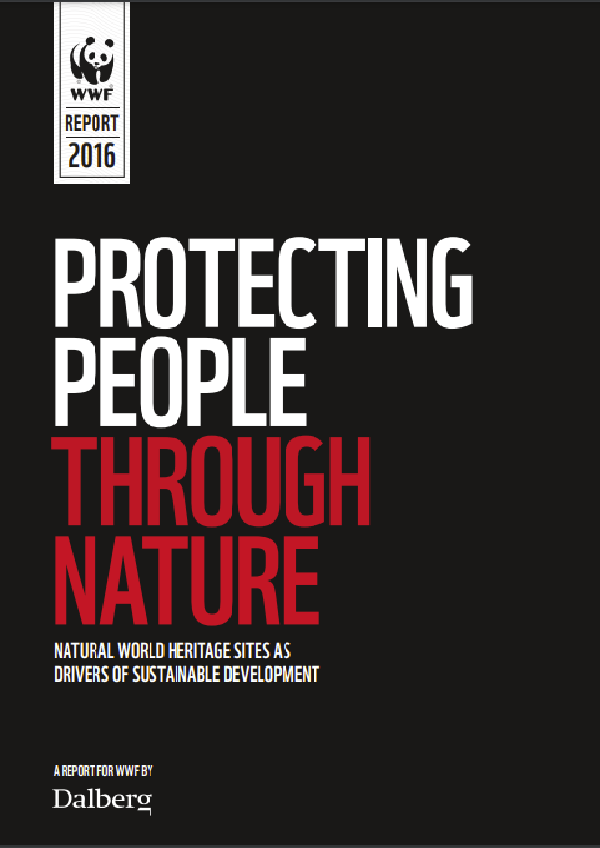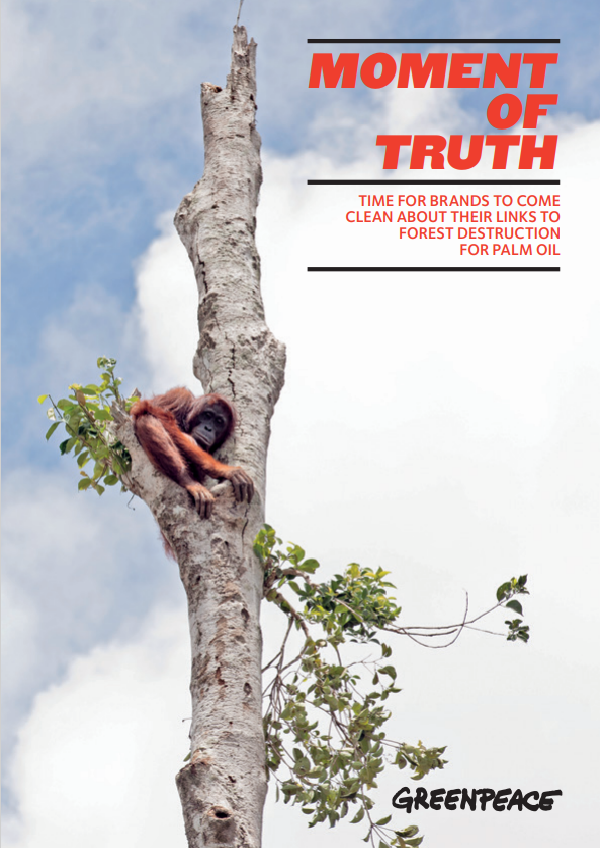Europe’s dependency on chemical pesticides is nothing short of an addiction. Crops are routinely doused with a variety of chemicals, usually applied multiple times to single crops throughout the whole growing season. Industrial agriculture, with its heavy use of chemical pesticides, pollutes our water and soil and leads to loss of habitats and biodiversity.
This report reviews existing scientific literature on the use of synthetic chemical pesticides in agriculture. Those pesticides pose a major threat to biodiversity either endangering species directly, by poisoning and eventually killing them, or indirectly, by disrupting ecosystems, e.g. through a collapse of the foodweb. ‘Cocktails’ of several pesticides commonly contaminate the environment, but the effects of such chemical mixtures are not routinely assessed as part of the EU pesticides’ authorisation process. In addition, pesticides are assessed by active ingredients, instead of examining the impacts of the actual marketed product used in the field. The EU process also fails to properly assess the long-term effects of exposure to low doses of pesticides, as it mainly focuses on their acute toxicity.
Non-chemical alternatives to pest management are already available to farmers but need the necessary political and financial support to go mainstream, and fulfil the promise of Ecological Farming, which combines modern science and innovation with respect for nature and biodiverse.
Why it’s time to break the vicious cycle of pesticide use
For almost half a century, the global agricultural system has relied heavily on the widespread application of millions of tonnes and hundreds of types of synthetic chemical pesticides to reduce crop losses. As most farmers are now treating their crops with a variety of pesticides on a routine basis, rather than as a last resort in rare cases of heavy pest infestations, this means that chemical inputs are applied multiple times to a crop throughout the whole growing season. As a result of our dependence on chemical pesticides, and because of their persistence and pervasiveness, almost every ecosystem on earth has already been negatively impacted by these harmful chemical compounds.
“Europe’s Pesticide Addiction: How Industrial Agriculture Damages our Environment.” examines the use of synthetic chemical pesticides in Europe, the widespread and severe environmental impacts they are having – including how they are degrading some essential ecosystem services, and the urgency of tightening the regulations that are supposed to control their use. The production, sale, and use of synthetic chemical pesticides has become a multi-billion euro industry dominated by a small number of agrochemical businesses. In 2011, three European companies, Syngenta (Switzerland), Bayer CropScience, and BASF (Germany), controlled 52.5% of the global pesticide market. Three US companies, Dow AgroSciences, Monsanto, and DuPont, made up the list of the top 6 pesticide companies, which together accounted for 76% of global pesticide sales.
Although the global pesticide market is growing fastest in Asia and South America, driven by large increases in use in China, India, Brazil, and Argentina,2 pesticide use is more mature. The European market is still forecast to rise, due to increased use in the east of the continent and an increase in the frequency of pesticide applications. The concept of the “Treatment Frequency Index” as a metric of the number of pesticide applications per crop in a given growing season has been applied to some crops in some countries. This paints an alarming picture. For example, since 2001 in Germany this index has increased in arable crops such as rapeseed, cereals, and sugar beet, and in fruit crops such as apples and grapes. In 2012 the index reached a value of 32 in apple orchards,3 meaning that on average 32 full doses of pesticides were applied to apples during a single growing season. This intensive use of pesticides raises significant questions about the impacts on single species, whole ecosystems, and biodiversity, as well as the way in which these chemicals are assessed, authorised and regulated in the EU.
Source: Greenpeace (http://www.greenpeace.org)
